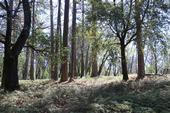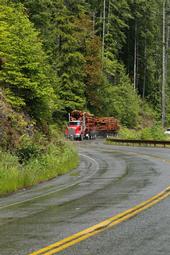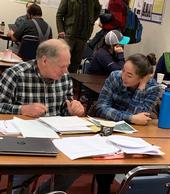- Author: Kim Ingram

Forests in the Sierra Nevada and southern Cascade Range are being stressed by many factors that put them at risk. High-severity wildfire, drought stress, insect outbreaks, disease, and a backdrop of changing climate are a few. A significant portion of Sierra Nevada and southern Cascade forests are owned and managed as small parcels (10 to 100 acres) by nonindustrial private landowners. To assist these landowners, CAL FIRE and the U.S. Forest Service Pacific Southwest Research Station have recently released the ‘Forest Management Handbook for Small Parcel Landowners.' This step by step guide is an additional resource designed to help small, private...
- Author: Kim Ingram

For private forest landowners, the decisions of if or when to harvest trees can be confusing. Understanding costs and revenues is important, even if a landowner only wants to reinvest everything back into the land. Bill Stewart, Cooperative Extension Specialist in forestry at the University of California Berkeley, says landowners should consider harvesting trees as just one piece of their forest management plan. Landowners should ask themselves: Why do I own forest land? What goods or service might I want to sell? How willing am I to invest money now for future benefits? Most trees will grow, some will die, but which products will go up or...
- Author: Kim Ingram

With over 7,600 wildfire incidents and 2.2 million acres of forestland burned in California as of early September, it is understandable how some private forest landowners might feel both paralyzed and spurred into forest management activity at the same time. Yet even in these times of extreme weather and fire behavior, it is important to consider managing your forest, both before and after wildfire effects your forestland.
We know that California forest are fire-adapted systems. However, issues such as decades of fire suppression, the conversion of shrub habitats to conifer thickets, and the reduction and loss of both mountain meadows and more open forested habitats, have led to a...


